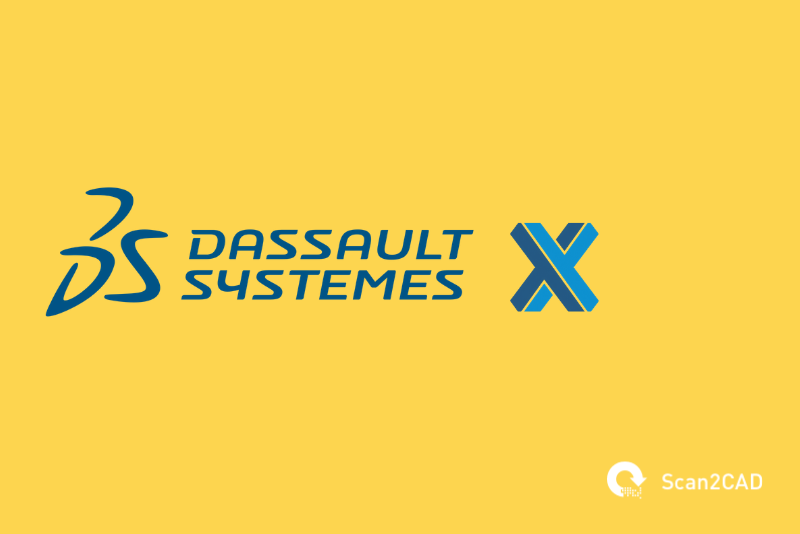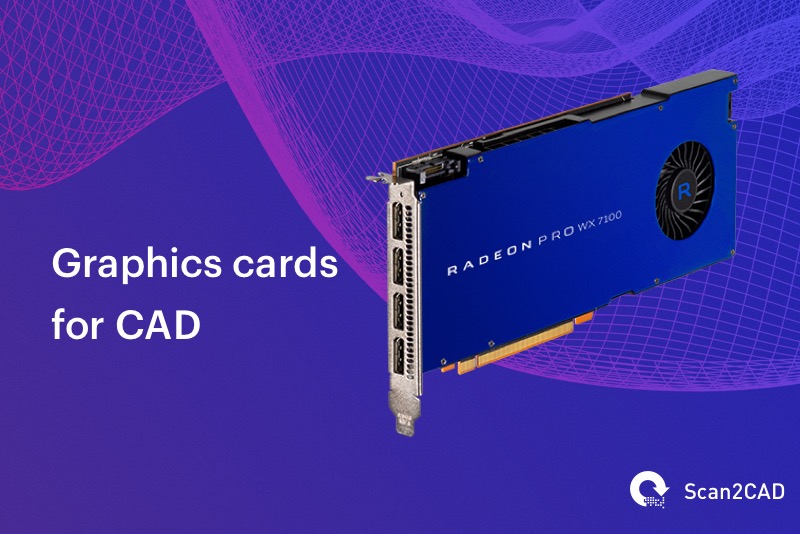It is time once again for our monthly news roundup on various topics interesting to Scan2CAD members. In this edition of Coffee Break News, we put the spotlight on several happenings and trends that were quite big in the worlds of CAD, design, engineering, and technology, including a partnership between Dassault Systemes and Xometry to provide instant part production in the design environment; five major ways that augmented reality is now increasing productivity in manufacturing; and the 2020 CAD Report from Jon Peddie Research showing the continued growth of the CAD industry.
Other newsbits we checked out for this month include the use of 3D printing for producing safer helmet padding; how machine software can help in reducing waster from 3D printing; and the release of the world’s first fossil-free crib from Vattenfall.
There is so much to explore in this month’s Coffee Break News, so let’s go straight into it.
Dassault Systemes and Xometry Partner Up For Instant Parts Production
Dassault Systemes and Xometry are teaming up to provide their customers with a seamless and integrated way to produce parts in the manufacturing process. Engineers who utilize SolidWorks and Catia will have access to Xometry price quotes via the MAKE Marketplace for manufacturing parts without having to exit their design environment, thus allowing them to have a greater role in not only the design and manufacturing aspect of parts production, but also the cost to produce it.
The partnership was announced during the 3DEXPERIENCE World 2020 in Nashville, Tennessee. With this new development, manufacturing price quotes from service providers can now be done instantaneously and in a one-click immersive experience using integration with SolidWorks and Catia, rather than having to go to a separate web interface that requires more clicks. Engineers will have access to Xometry price quotes in their design context, with the option to get manual or instant quotes from MAKE Marketplace suppliers.
Sebastian Massart, head of corporate strategy for Dassault Systemes, said, “We launched the MAKE Marketplace in 2018 to make it easy for customers to design and manufacture. Our partnership with Xometry takes this a step further. Customers can order high-quality additive manufacturing or CNC machining parts in one click at the right price, thanks to Xometry instant quoting capabilities. This is all part of our vision to continuously reduce the friction that customers face going from design to manufacturing.”
The partnership positions Xometry as the first “prime partner” of Dassault Systemes’ MAKE Marketplace. Randy Altschuler, CEO of Xometry, said, “Engineers need the right tools to do their job successfully, and this includes working with a responsive, trusted manufacturing partner. As the leader in 3D printing and on-demand manufacturing, we have served many customers in the MAKE Marketplace since its launch. Through our deeper partnership with Dassault Systèmes, we can directly connect with customers and make a commitment to provide a quote on every customer query. It’s all about faster manufacturing.”
Augmented Reality is Increasing Workforce Productivity in Manufacturing
The advent of augmented reality (AR), specifically the integration of high bandwidth, imaging technologies, and digitized information, has paved the way for a powerful new tool that increases industrial workforce productivity, thus becoming an advantage for assemblers, operators, and technicians.
This is the subject of an article by Tim Shinbara, CTO and vice president of manufacturing technology of the Association of Manufacturing Technology, published on MachineDesign.com, which talks about how augmented reality has allowed information, data, images, experience, and skills that workers can access easily and in real-time via their smartphones, tablets, or other smart devices has increased worker productivity and sped up the manufacturing process.
Amar Dhaliwal, CEO of Atheer Inc., said, “Augmented reality offers the promise of providing every member of the industrial workforce with relevant, contextual and customized information and guidance from across the enterprise into their field of view in a seamless, hands-free, intuitive manner that transforms the way they work.”
Specific areas that AR has benefitted positively include: maintenance and repair (diagnostics, maintenance, and repair of production equipment); technical field support (i.e. delivering remote support from the OEM without the need for physical delivery); inspection and surveying (reduced transport costs via drones and other unattended platforms); cargo and warehouse operations (efficient actions and applications through AR instead of paper printouts); and training and compliance (such as remote workforce training).
AR is expected to continue to grow quickly, with PwC estimating that up to 14 million workers will be wearing smart glasses by 2025, from just 400,000 in 2016. Dhaliwal said, “We have found that the manufacturing market still has a few misconceptions about AR, but when customers see that the applications of AR are extremely practical and straightforward, they understand how it can potentially benefit them. They often look for opportunities where the technology is likely to provide a step level change in their business, something with a 10 to 20% impact on ROI.”
Jon Peddie Research Releases 2020 CAD Report
Jon Peddie Research (JPR) has released its 2020 CAD Report and is predicting a CAD market that is stronger than ever and continuing to grow, boosted by digitalization and other advances in design and engineering. According to the report, the CAD market is predicted to grow 2.4% over the forecast period 2018-2022, and reach revenue of US$9 billion by 2022.
Synergies are fueling strong growth in the CAD industry, particularly customers from automotive, construction, aeronautic, machine design, power, and process industries. These customers are rapidly adopting systems design and technological developments now accessible in the CAD market.
Analyst Kathleen Maher explains, “The leading CAD companies are finding room to forge their way in specialized markets as world industries transform their workflows via digitalization. The transition to 3D workflows is enabling CAD customers to build digital twins to test and model designs before they are built and monitor them in operation.”
The JPR report concentrates on 10 market leaders in the CAD industry, including Autodesk, Dassault, PTC, Siemens Digital Industries, Aveva, and Hexagon, and also collates data from 36 other CAD companies.
Other stories we checked out this month:
-
3D printing is now being used to create safer padding for helmets by a team from the US Army Combat Capabilities Development Command’s Army Research Laboratory and its HRL Laboratories partners.
-
Researchers from USC Viterbi School of Engineering in California claim that machine learning algorithms and PrintFixer software are helping to increase accuracy and reduce waste in 3D printing.
-
Vattenfall has announced the world’s first fossil-free crib, created without the use of any gas, oil, or coal, and it only cost $28,885 to build.




